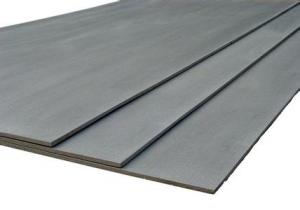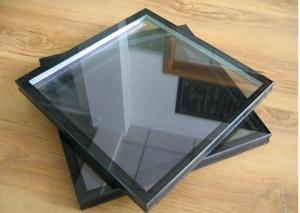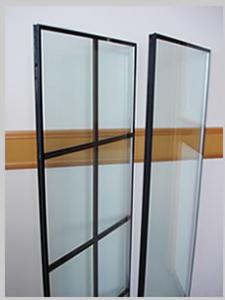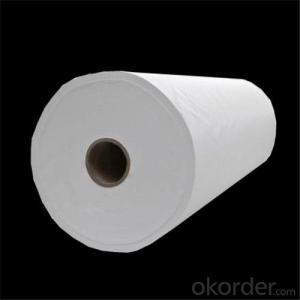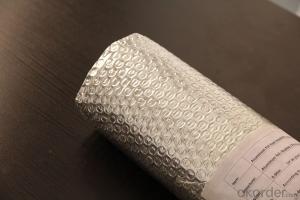Natural Insulation Materials
Natural Insulation Materials Related Searches
Organic Insulation Materials Roof Insulation Materials Indoor Insulation Marine Insulation Material Home Insulation Recycled Insulation Nasa Insulation Material Indoor Window Insulation High Thermal Insulation Packaging Materials Foil Roof Insulation Materials Commercial Roofing Materials Noise Absorbing Material Boiler Insulation Material Cellulose Insulation Light Roofing Materials Insulation Materials For Lunch Bags Insulation Services Contemporary Roofing Materials Synthetic Building Materials Exterior Polystyrene Insulation Structural Insulated Panels Insulation Wool Geosynthetic Materials Indigenous Raw Materials Natural Environment Indoor Window Insulator Waterproof Material Sound Absorbing Material Good Soundproofing MaterialsNatural Insulation Materials Supplier & Manufacturer from China
Natural Insulation Materials are eco-friendly products that are derived from renewable resources, offering an environmentally conscious alternative to traditional insulation options. These materials, such as cellulose, wool, and cork, are known for their excellent thermal performance and sustainability, making them a popular choice for various applications. In terms of usage, Natural Insulation Materials are widely utilized in both residential and commercial settings, providing effective insulation for walls, roofs, and floors. They are particularly beneficial in areas where energy efficiency and environmental impact are of high concern, as they help reduce energy consumption and lower carbon footprints.Okorder.com is a reputable wholesale supplier of Natural Insulation Materials, boasting a vast inventory that caters to the diverse needs of customers. With a commitment to quality and customer satisfaction, Okorder.com ensures that their Natural Insulation Materials meet the highest industry standards. This extensive selection allows customers to find the perfect insulation solution for their specific project requirements, whether it be for new construction or retrofitting existing structures. By partnering with Okorder.com, customers can benefit from competitive pricing and reliable service, making the procurement of Natural Insulation Materials a hassle-free experience.
Hot Products


